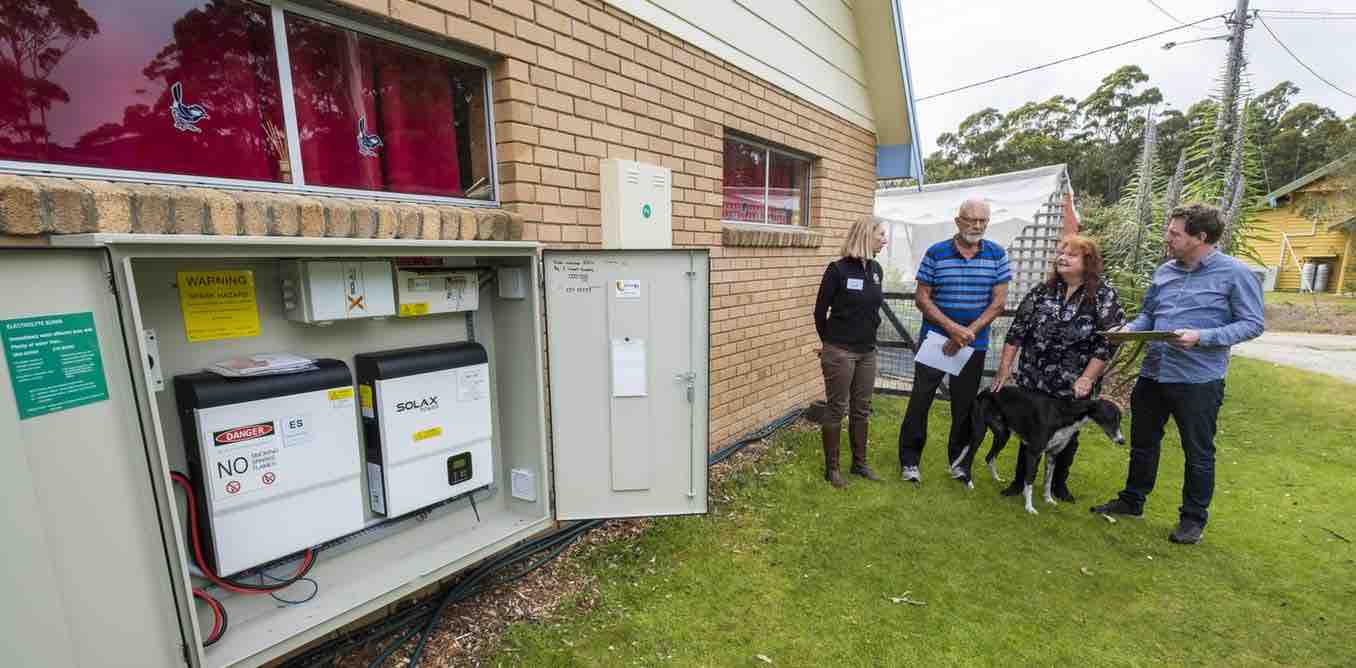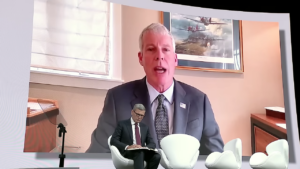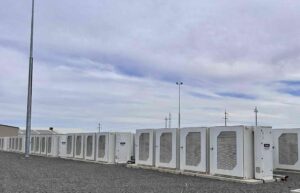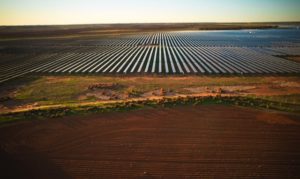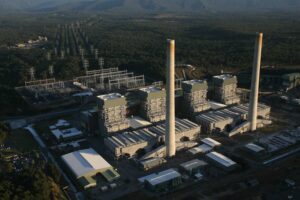
One of the key decisions new South Australia premier Steven Marshall, and his new energy minister Dan van Holst Pellekaan will have to make in the next 100 days is going to be on the rollout of his much-vaunted battery storage plan.
Readers will remember that the Liberals promoted a policy to use $100 million to subsidise the installation of battery storage units in 40,000 homes at $2,500 each.
The former Labor government trumped that idea by embracing a proposal from Tesla to create the “world’s biggest” virtual power plant, linking solar and storage in 50,000 homes, targeting low income households, and offering the technology for free, and funded by private investors.
Marshall got himself into a heap of trouble when suggesting that the Tesla plan “was not part of our agenda”, despite contacts already being written for the first two stages which target 1,100 installations.
It raised concerns that a plan that would deliver 250MW and 650MWh of solar and battery storage to Housing Trust tenants and other low income households would be dumped in favour of a scheme accessible only to those who could afford rooftop solar, and extra payments for batteries.
Judging by the response on RenewEconomy and on social media, the reaction was huge. So we’re delighted to publish this like for like comparison of the Tesla proposal embraced by former premier Jay Weatherill, and the Marshall plan.
The table was prepared by Simon Holmes à Court, a senior advisor at the Energy Transition Hub in Melbourne. He says the table shows there was a lot to like about the Tesla plan developed with the former government.
“It would have delivered immediate electricity bill relief to low income houses, a known quantity of additional generation and dispatchable energy,” he says.
It also featured central coordination — allowing the battery to provide the services that the Hornsdale megabattery provides — and was to be mostly funded by the private sector.
The first cut of the Marshall Plan, however, involves much greater government expenditure, benefits will flow to those under much less bill stress (existing solar owners), will result in an unspecified amount of storage and will not directly result in any more generation.
Importantly, without a co-ordinated approach, household systems will not be able to provide the level of service that Tesla’s existing battery has become famous for.
That’s something for Marshall and Pellekaan and their advisors to think about. We suspect that software developers and integrated battery storage companies are already knocking on their doors.
Holmes à Court says it’s important to realise that Marshall developed this plan from opposition, and he will now have access to much greater expertise and is in a position to revise the plan.
“He now has an opportunity to improve upon the initial Tesla plan, and put his own stamp on it.”
Or, as RenewEconomy suggested the other day – he could go ahead with both and get 100,000 homes connected to storage, and each other – with the benefits likely to significantly outweigh the cost.

